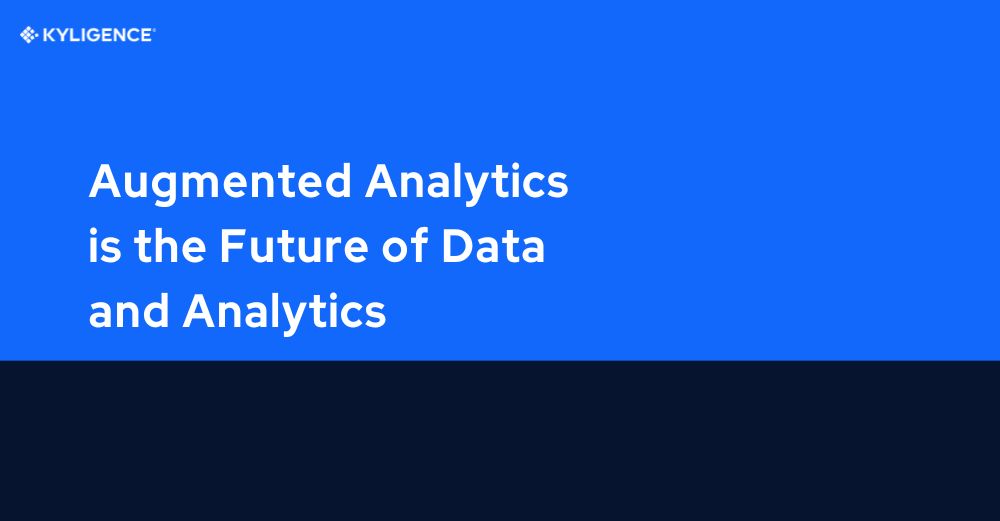Ⓒ 2023 Kyligence, Inc. All rights reserved.

Introduction to Augmented Analytics
Augmented analytics is a cutting-edge approach to data and analytics that leverages advanced technologies such as artificial intelligence (AI) and machine learning (ML) to enhance the data analysis process.
It goes beyond traditional reporting methods by automating data preparation, analysis, and insights generation. With augmented analytics, businesses can uncover hidden patterns, trends, and correlations in their data more efficiently and accurately.
At its core, augmented analytics aims to empower business users, data analysts, and decision-makers with self-service analytics capabilities.
By automating time-consuming tasks like data cleansing and modeling, augmented analytics allows users to focus on extracting valuable insights from their data rather than getting bogged down in technical processes.
Augmented analytics uses natural language processing (NLP) for users to interact with data using everyday language. This helps non-technical users ask complex questions without SQL knowledge.
It also provides proactive insights by surfacing relevant recommendations based on user behavior and data patterns. This helps users discover new opportunities and identify risks they may not have known about.
Paradigm Shift from Traditional Reporting to Augmented Analytics
Traditional reporting has long been the cornerstone of data analysis, providing insights and information to businesses for decision-making.
However, as technology advances and the demand for real-time analytics grows, traditional reporting is facing challenges and limitations that hinder its effectiveness.
Traditional reporting drawback
One of the main drawbacks of traditional reporting is its reliance on manual processes and human interpretation.
Data analysts spend a significant amount of time collecting, cleaning, and organizing data before they can even begin analyzing it. This not only leads to delays in obtaining insights but also increases the risk of errors and inaccuracies.
Additionally, traditional reporting often relies on predefined reports and dashboards, which may not provide the flexibility or depth of analysis required in today's fast-paced business environment.
Paradigm shift to augmented analytics
The paradigm shift to augmented analytics addresses these challenges by leveraging advanced technologies such as machine learning and natural language processing.
Augmented analytics automates many aspects of the data analysis process, from data preparation to visualization.
By using algorithms to identify patterns and relationships within the data, augmented analytics tools can provide more accurate and timely insights without relying solely on human expertise.
Moreover, augmented analytics goes beyond just automating tasks; it empowers users with self-service capabilities.
Business professionals who may not have a background in data analysis can now access and analyze data independently using intuitive interfaces and natural language queries.
This democratization of data analysis enables organizations to leverage the collective intelligence of their workforce and make data-driven decisions at all levels.
Beneficiaries of Augmented Analytics
Data analysts and business professionals
Data analysts and business professionals benefit greatly from augmented analytics.
Traditionally, they spend a lot of time manually gathering and analyzing data, which can be tedious and hinder business growth.
But with augmented analytics, they can automate much of their work using advanced algorithms and machine learning techniques.
These tools gather data from multiple sources, clean it, and generate real-time insights. This saves time and allows professionals to focus on strategic tasks like identifying trends, predicting outcomes, and making data-driven recommendations.
Technology enthusiasts and data scientists
Augmented analytics benefits not only data analysts and business professionals but also technology enthusiasts and data scientists.
By leveraging augmented analytics, they can explore vast amounts of data efficiently and apply advanced statistical models, predictive algorithms, or natural language processing techniques for deeper insights.
This empowers them to make informed decisions, drive innovation, and achieve better outcomes.
Real-World Use Cases of Augmented Analytics
Augmented analytics has proven to be a game-changer in various industries, empowering organizations to make data-driven decisions and gain valuable insights.
Here are some real-world use cases that highlight the transformative power of augmented analytics.
Improved decision-making
Augmented analytics enhances decision-making processes by automating data analysis and providing actionable insights. This enables organizations to make informed decisions faster and more accurately.
For example, in healthcare, hospitals can use augmented analytics to analyze patient data and improve disease diagnosis. This improves patient outcomes and reduces costs by eliminating unnecessary tests and treatments.
Enhanced data exploration and visualization
Augmented analytics tools enable effortless exploration of large data volumes. With intuitive interfaces and advanced visualizations, business professionals can uncover hidden trends using augmented analytics.
In industries like retail, analyzing vast customer data optimizes marketing strategies. And by using augmented analytics, retailers can identify preferences, personalize offerings, and boost their sales.
Increased efficiency and productivity
Augmented analytics automates tasks and streamlines workflows, providing significant advantages. For example, in finance, analysts spend time preparing reports and analyzing financial data manually.
With augmented analytics, customized reports can be generated automatically, which provide real-time insights into financial performance. This frees up analysts to focus on strategic tasks- increasing efficiency and productivity within the organization.
Introducing Kyligence Zen and Kyligence Copilot
As we look towards the future of data and analytics, it is crucial to explore the tools and technologies that are driving this transformation. One such tool that stands out in the realm of augmented analytics is Kyligence Zen and Kyligence Copilot.
Kyligence Zen is an advanced data analytics platform that leverages augmented analytics to provide actionable insights from vast amounts of data. Its algorithms and machine learning capabilities help analysts uncover hidden patterns and trends.
Kyligence Copilot is an AI-powered assistant that takes augmented analytics further. With natural language processing, users can interact with data using conversational queries. This intuitive interface makes data analysis accessible to a wider audience within an organization.
Together, Kyligence Zen and Kyligence Copilot revolutionize data analytics, enabling informed decisions based on real-time insights. The combination of algorithms, machine learning, and natural language processing unlocks the full potential of data for technical experts and business professionals.
Conclusion
Augmented analytics is indeed the future of data and analytics. It offers a paradigm shift from traditional reporting methods by leveraging automation and AI-driven technologies like Kyligence Zen and Kyligence Copilot.
These tools not only enhance the capabilities of data analysts but also democratize data access and analysis across an organization. By embracing augmented analytics, businesses can stay ahead in today's data-driven world and gain a competitive edge.
So why wait? Try Kyligence free today and experience the future of data analytics for yourself!
See Also
Understanding AI Data Analytics: Advantages, Obstacles, and the Answer
Distinguishing AI from Data Analytics: A Comparative Analysis
The Promising Future of Data Science: Composable Analytics
Revolutionizing Business: The Data and AI Transformation
Artificial Intelligence: Shaping the Future of Data Analytics
